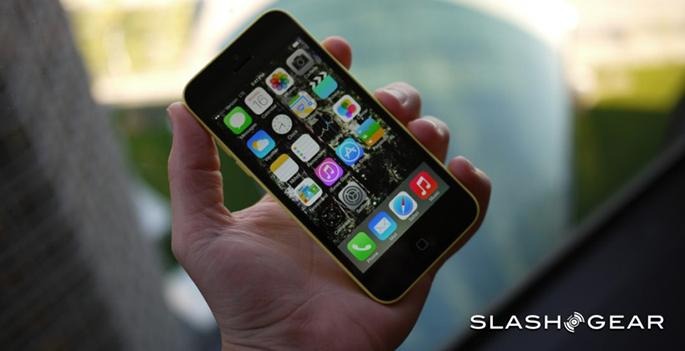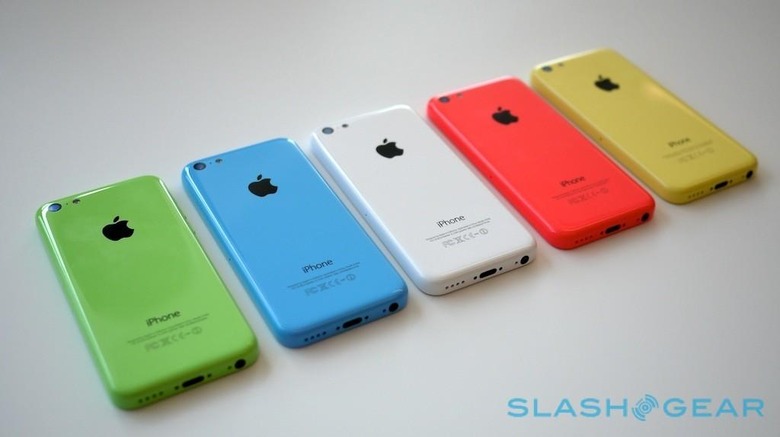iPhone SE Release Will Answer Apple's Big iPhone Problem
Not everybody wants a phablet, and while the growth in smartphone screens may have opened the door to more immersive experiences, its left Apple and others with a bigger size problem than Donald Trump. Certainly, the sales success of the iPhone 6s and iPhone 6s Plus suggests that there are many who will gladly accommodate a 4.7- or even 5.5-inch display, but glance around while you're out in public and it's clear that there are plenty of 4-inch or even 3.5-inch iPhones still in circulation.
Some of those users are undoubtedly keeping their old pre-6 iPhones for financial reasons: upgrading to the latest model isn't cheap, after all, and not everybody feels the same compulsion to have the very latest in their pocket or purse.
Others, though, are intentional hold-outs. Those for whom – whether for aesthetic reasons, or physical hand reasons, or something else – a smaller display is an advantage not a shortcoming.
Since the iPhone 6 arrived in late 2014, those users have faced a frustrating choice. Either they compromise on their screen size preference, and upgrade to a more capable device that is also physically much larger, or they stick to their guns and stomach lesser specifications.
That's the gap the iPhone SE hopes to fill.

The question of why a flagship-spec phone needs to necessarily have a big display is not a new one. Neither will Apple be the first to try to address it: HTC made a smaller version of its One M8 in the shape of the HTC One mini 2, and Samsung did the same for the Galaxy S5 with the Galaxy S5 mini.
Neither, though, managed to make the same impression that their bigger siblings did.
Lest you underestimate the challenge, even Apple has struggled to get the midrange segment quite right before now. The iPhone 5c was meant to be the affordable sibling to the iPhone 5S, plastic-bodied to keep costs down and effectively repackaging much of the iPhone 5 into a new design.
Unfortunately it also ended up not sufficiently cheap to mount a challenge in developing markets, and although initial demand was decent, Apple quietly axed the handset.
Arguably the flaw in each of these attempts has been the disconnect between name and ability. Although Samsung and HTC billed their phones as just "mini" versions of the originals, it wasn't just screen size that diminished: the rest of the specifications took a hit, too. These weren't flagships for smaller hands, they were pretenders.

Looking to the leaks, it seems Apple may have figured out the key element: just because someone wants a more manageable display, it doesn't mean they're willing to sacrifice everything else. If the rumors are true – and there's not long to wait to be sure – the iPhone SE will get the Apple A9 processor, Touch ID, and Apple Pay, only really sacrificing 3D Touch which, frankly, is still yet to convince on its usefulness.
In short, it's shaping up to be a capable 4-inch version of its larger iPhone 6s stablemates, a device that says, crucially, "I picked this because I wanted something smaller" rather than "I picked this because I couldn't afford better."
The iPhone SE – or, as it may potentially launch as, the iPhone 5SE – is still likely to be cheaper, but with the metal-bodied familial resemblance said to be a given, it won't feel as much like a compromise when the iPhone 7 makes its debut later in the year.
If Apple can get that right, then it may finally have cracked the downside of the rise of the phablet.
